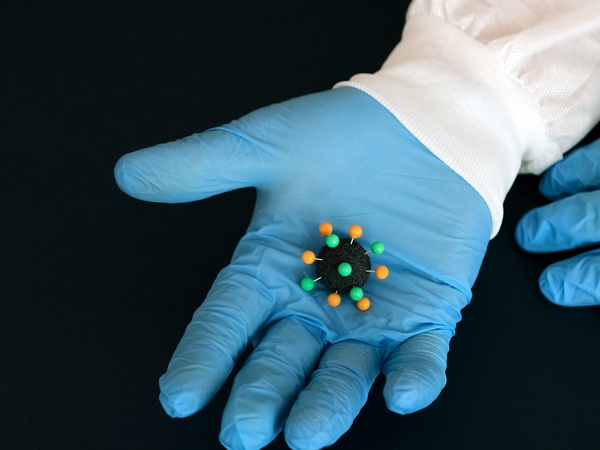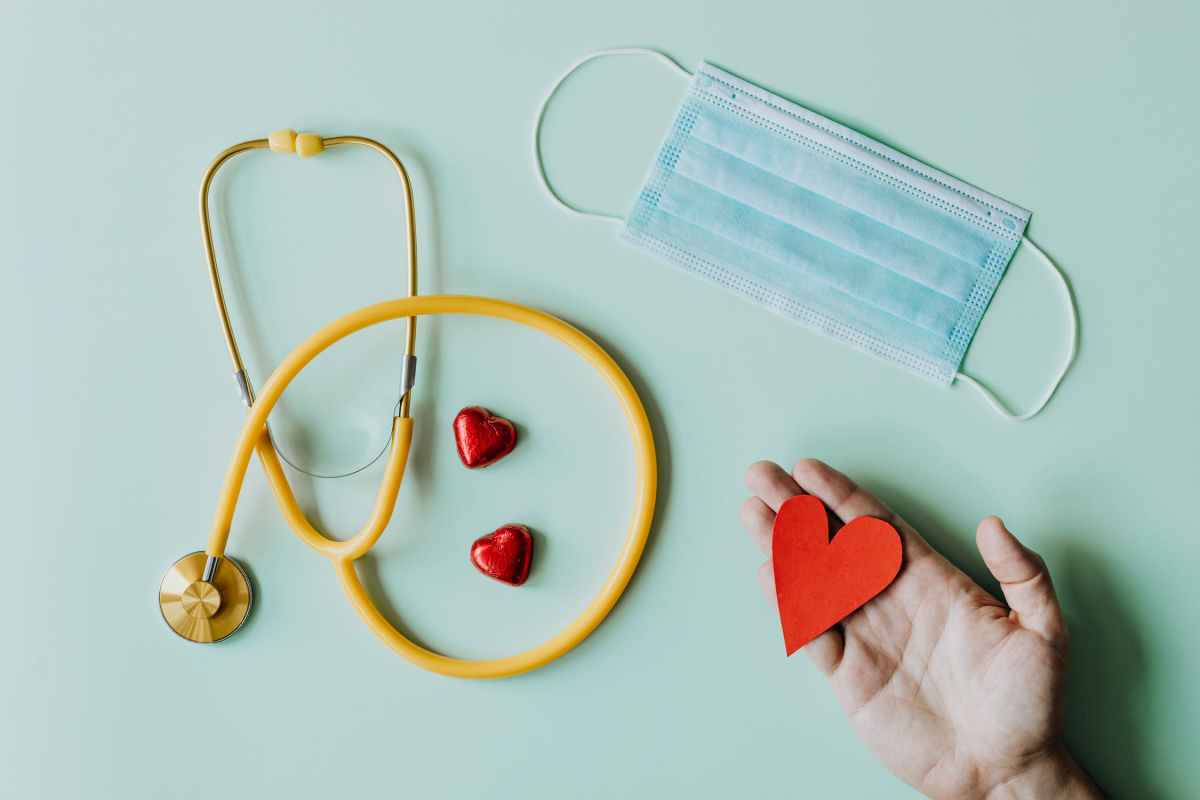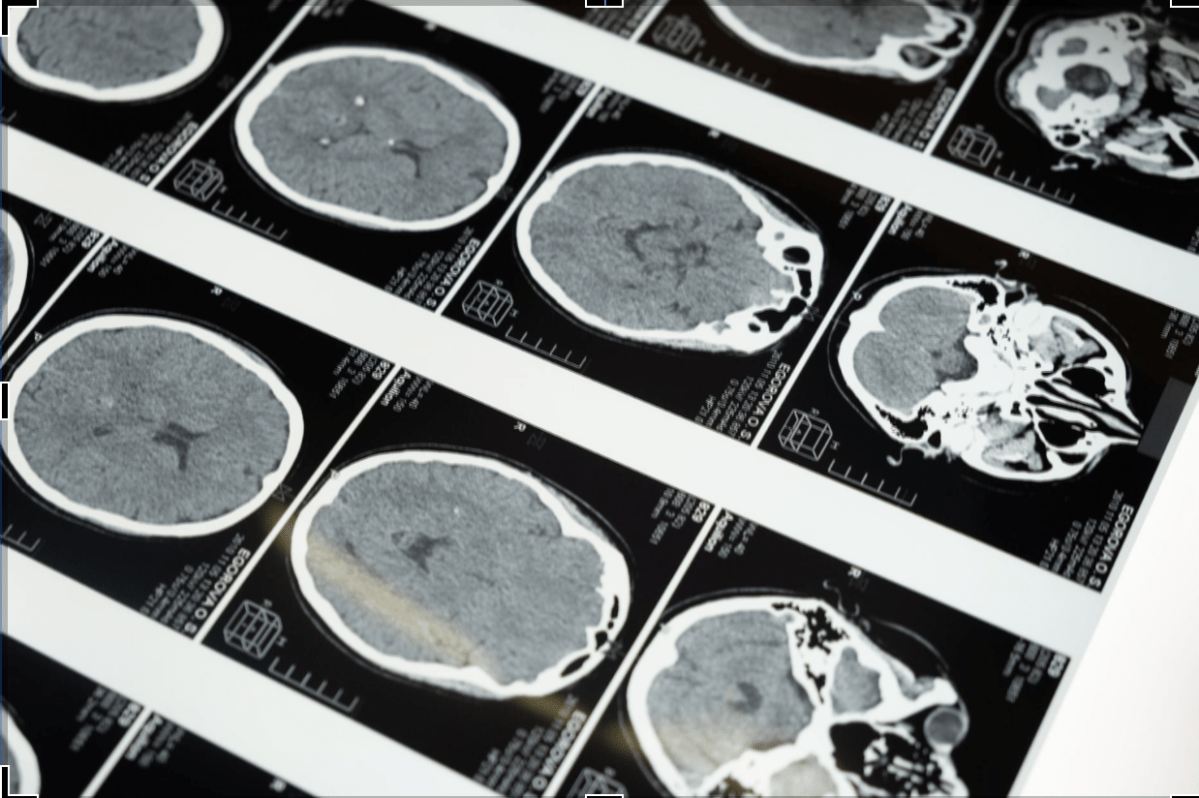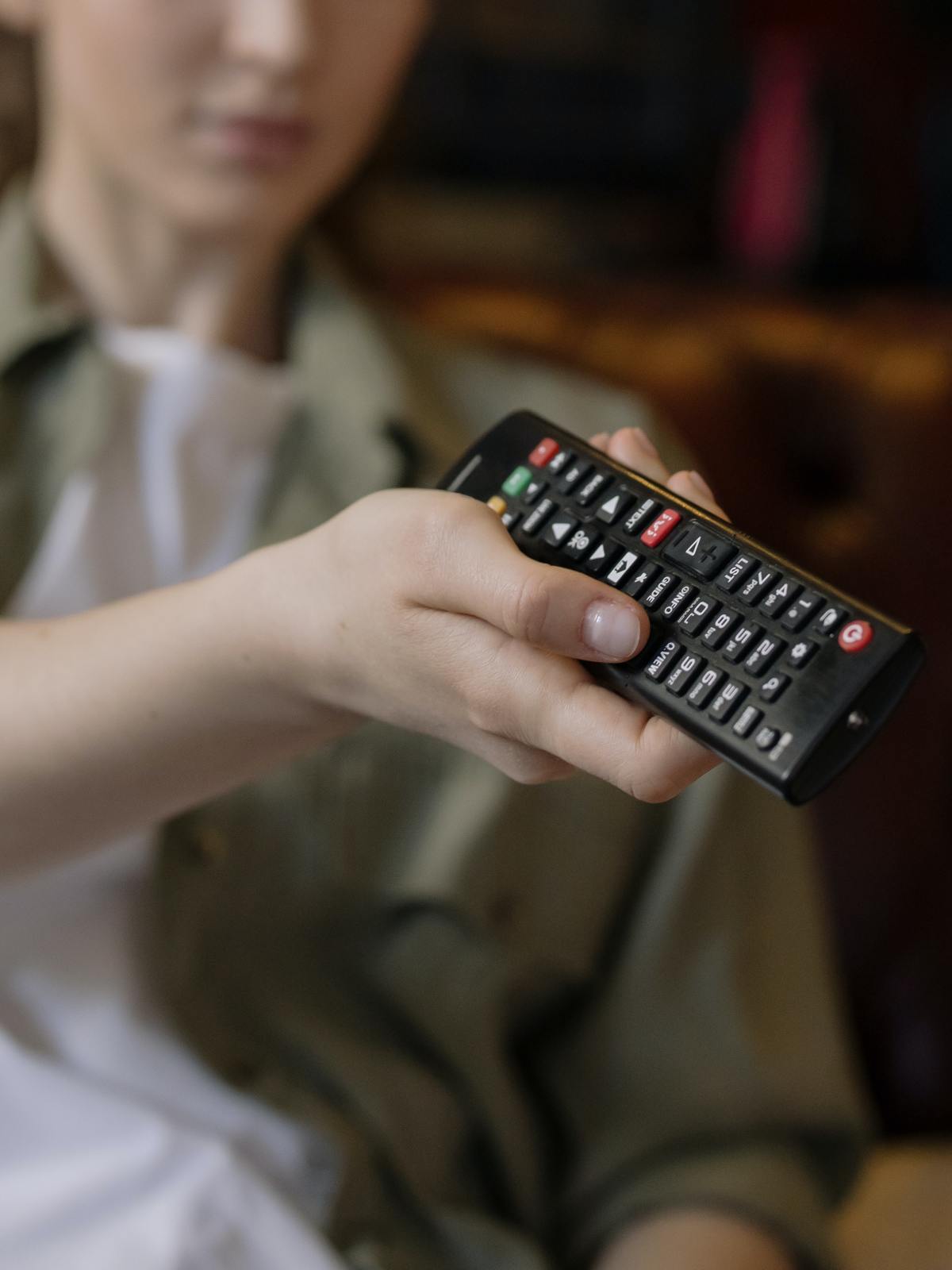Since the ending of 2019, the shroud of ‘SARS CoV-2’ virus has engulfed the world. The pandemic has taken a toll of more than 1.2 million lives worldwide and a renewed tsunami of a second wave of infection looms large in the horizon. Such catastrophic infection rates along with loss of human lives has also seen massive economic downturns and widespread unemployment. The Center for Monitoring Indian Economy (CMIE), has reported a 27% rise in unemployment rate and a 38% loss in market capital by the end of May and August 2020 respectively.
Under these challenging circumstances, scientists across the globe are racing against time to design an effective anti-SARS CoV-2 silver bullet in the form of vaccines or drugs. An efficacious protective vaccine appears to be the most promising means to contain the spread of SARS CoV-2 since the virus has shown few signs of mutating from the highly contagious to a weaker avirulent form. This is in sharp contrast to what was witnessed in case of the influenza pandemic of 1917-19. It has been estimated that the availability of a vaccine will prevent the loss of nearly 375 billion US dollars per month from the global economy and also prevent the loss of millions of lives.
Scientists and biotechnologists are burning the midnight oil to put together an ideal vaccine against SARS CoV-2. But what is this ideal vaccine? It is one that is safe, devoid of side effects and at the same time induces a robust and protective immunity in the body to counter future attacks from the virus. In field trials, the average protection rate should be greater than 80%. Furthermore, the protection should be long term. It should be cheap and preferably a single-dose vaccine. Transportation of the vaccine should be easy and companies should be able to mass-produce it in a short time. Unfortunately, not all existing vaccines fulfil all of the abovementioned criteria.
Since the first vaccine was invented by Dr Edward Jenner in 1796, the field has progressed exponentially through the incorporation of an array of methods, namely- attenuated live agent, killed virulent agent, DNA vaccines and mRNA vaccines to name a few. In the elusive search for the SARS CoV-2 vaccine, all possible avenues are being explored. About 300 such attempts are being witnessed in different laboratories.
While there are multiple avenues being explored to combat the CoVID19 pandemic, the question looming large in all of our minds is when will the vaccine be available in the market? Obviously, the candidate vaccines undergoing phase-III trial with most promising and favorable responses, will be marketed first. Phase-III trial is a multicentric one involving a large cohort, who are to be followed for a reasonably long time to assess the protection rate and duration of protection. It needs 3-6 months for the trial in cases of coronavirus infections. Until then our wait continues. Moreover, even if a protective vaccine is available, it may take- years to produce large quantities of doses for the world population. Therefore, it will require a well-planned immunization program.
One might ask, what will be the protection rate, how long will the protection persist and does the vaccinated population need to wear masks, maintain social distancing or carry out the required sanitation measures.
Regarding protection, none of the existing vaccines (for CoVID or any other diseases) imparts 100% protection. If a vaccine shows effective protection in 80% of the vaccinated population, it is considered acceptable. In case of the SARS-CoV2 pandemic situation, even 30-70% (an average of 50%) protection rate by multicentric trial on cohorts, would be acceptable. This is because if 50% population is protected through vaccination and another 20-30% have already developed herd immunity, the magnitude of active cases and active spreaders will come down to controllable limits. However, one apprehension still persists, that critical changes in viral antigen due to mutation might outsmart the immunity which has already developed. This phenomenon is observed in case of Influenza virus time and again. The issue can be tackled by careful surveillance of the viral genome and constantly incorporating new vaccine candidates as and when required.
As far as duration of protection is concerned, the time is not right for any comments. Even if a candidate vaccine produces short term immunity of 3-6 months, it is acceptable under the current scenario considering the ever-burgeoning infection rates. Even short term immunity will significantly reduce the impact of the ongoing pandemic.
Finally, we will conclude by discussing the post vaccination situation. A variable period in the aftermath of vaccination is expected to be no better than the present situation. Partial lockdown, wearing of masks, adherence to sanitation and social distancing will be continued. This is because of the fact that the vaccine might not give 100% protection. Production of adequate doses of vaccine to cover all the population will take a long time, possibly extending into months or years. To make matters worse the virus might mutate, thwarting the mass vaccination effort.
Thus, there are many variables to conquer the raging SARS-CoV2 pandemic. Our last hope might be the mutation of the virus in such a way, that it loses its infectivity and virulence, similar to what happened in the Influenza (spanish flu) pandemic of 1917-19. Until then, let us make masks a fashion statement, observe hand sanitation and maintain social distancing.
Dr. Kasturi Pal is an Assistant Professor and DBT-Ramalingaswamy fellow in the Department of Biology at Ashoka University, where she teaches courses in Physiology, Advanced Biochemistry, Developmental Biology and Advanced Cell Biology
Some candidate vaccines appear to be promising. Following is a short list of the potential candidate vaccines:
- Category A :
| Platform | Developer | Current status | |
| 1. | Non-Replicating Adenovirus Expressing Truncated ‘S’protein(rADV-S) | International Vaccine Institute | Pre-clinical |
| 2. | Replicating recombinant measles virus spike protein | Univ’ Health Network, Canada;Center for Disease Control and Prevention | Pre-clinical |
| 3. | Replicating MV-SARS recombinant vaccine expressing ‘SARS-CoV’ Ag | Institute Pasteur | Phase-III trial |
| 4. | Subunit vaccine- using receptor binding domain (RBD) of SARS-CoV spike ‘S’ protein | Baylor College Medicine(Sabin)NY blood center(NYBC) | Pre-clinical |
| 5. | Subunit Vaccine using SARS recombinant spike protein plus delta-inulin. | V19Vaccine Pty Ltd, Australia | Phase-I |
| 6. | Virus like particle expressing ‘S’ protein of SARS and influenza M1 protein | Novavax | Phase-III |
| 7. | Inactivated rSARS CoV-E virus. | CNB CSIC, Univ of Iowa | Pre-clinical |
| 8. | Covishield-Oxford (Replication deficient simian virus- S11-Ch AdOx1 nCoV 19) | Sanofi | A Licensed Product |
| 9. | Whole Virus containing surface structural glycoprotein Ag of SARS CoV2. | Oxford University/Astra Zeneca | Phase-II |
- Category- B (DNA Vaccines)
| Platform | Developer | Current status | |
| 1. | DNA prime protein S437-459 and M1-20 | Institute of Immunology, Sanghai Medical College of Fudan, China | No Information |
| 2. | SARS ‘s’ DNA primed and HLA-A restricted peptides | San Yat Sen Univ’, China | -Do- |
| 3. | 3a DNA Vaccine | State key Laboratory of Virology, China | -Do- |
| 4. | VRC- SRS DNA 015-00VP | NIAID, USA | Phase-I |
| 5. | DNA ‘s’Protein + IL-2 | State Key Laboratory, China | No Information |
| 6. | p-IRES-ISS-S1 | Jilin Univ’, Academy of Military Medicine | -Do- |
| 7. | M and N DNA vaccine | Institute in Japan, Taiwan and Hong Kong | Pre-clinical |
- Category-C (mRNA based vaccine)
| Platform | Developer | Current status | |
| 1. | Antigen protein specific mRNA encapsulated in lipid Nanoparticle(LNP) inserted into a cell, which acts as a factoryfor translation into exact 3D specific Ags of the virus, here SARS-CoV 2. | Moderna TX Inc | Phase III |
Indian Vaccines:
| Platform | Developer | Current Status | |
| 1. | CoVaxin (Inactivated virus) | Bharat Biotech (Hyderabad)and ICMR | Phase II trial |
| 2. | ZyCov-D (plasmid DNA vaccine) | Zydus Cadila Ltd | Phase II trial |










